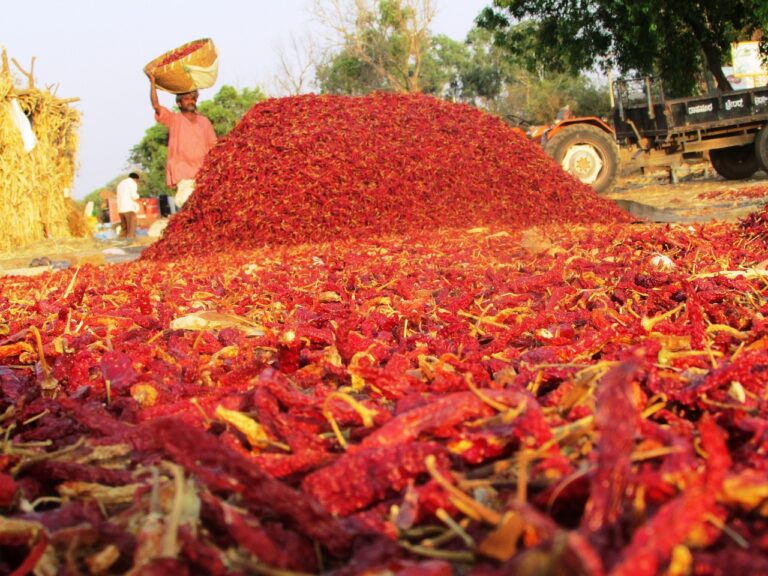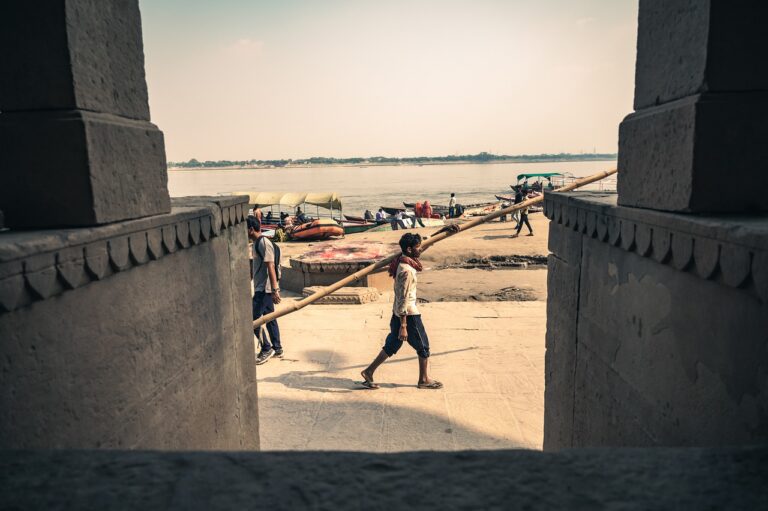Incorporating Human Rights Advocacy in International Campaigns
betbhai9 id whatsapp number, playexch login, lotus 365 win:Incorporating Human Rights Advocacy in International Campaigns
Are you interested in making a difference on a global scale? Do you want to help promote human rights and social justice around the world? If so, incorporating human rights advocacy into international campaigns can be a powerful way to create positive change.
Human rights are basic rights and freedoms that all individuals are entitled to, regardless of their nationality, ethnicity, gender, religion, or any other status. These rights include the right to life, liberty, and security, as well as the right to freedom of speech, peaceful assembly, and association. By advocating for human rights in international campaigns, you can help raise awareness, influence policy changes, and support marginalized communities in their fight for justice.
Here are some tips on how to incorporate human rights advocacy into your international campaigns:
1. Educate Yourself
Before launching an international campaign, take the time to educate yourself about human rights issues in the regions you are focusing on. Research the political, social, and economic context of the countries you are targeting, and learn about the specific challenges and human rights violations that are taking place. This will help you develop a better understanding of the issues at hand and guide your advocacy efforts.
2. Partner with Local Organizations
To effectively advocate for human rights in international campaigns, it is important to partner with local organizations and grassroots movements that are already working on the ground. By collaborating with local activists and advocates, you can gain valuable insights, build trust within communities, and leverage collective power to push for change. Remember that the voices and perspectives of those directly affected by human rights violations are the most important in any advocacy effort.
3. Use Social Media and Digital Tools
Social media and digital tools can be powerful platforms for raising awareness and mobilizing support for human rights campaigns. Use social media channels like Facebook, Twitter, and Instagram to share information, stories, and calls to action with a global audience. Create engaging content, including videos, infographics, and blogs, to amplify your message and reach a wider network of supporters. Don’t underestimate the impact of online activism in driving real-world change.
4. Engage with Decision-Makers
Advocacy campaigns are most effective when they directly engage with decision-makers and policymakers who have the authority to enact change. Lobbying government officials, participating in international forums, and submitting petitions and reports to relevant bodies can help elevate human rights issues to the forefront of political agendas. Be strategic in your advocacy efforts and tailor your message to resonate with key stakeholders who have the power to make a difference.
5. Amplify Marginalized Voices
Incorporating human rights advocacy into international campaigns requires centering the voices and experiences of marginalized communities who are most impacted by injustice and inequality. Amplify their stories, perspectives, and demands in your advocacy efforts to ensure that their voices are heard and their rights are respected. By prioritizing the voices of those at the margins, you can build a more inclusive and impactful advocacy campaign.
6. Monitor and Evaluate Impact
As you implement your human rights advocacy in international campaigns, it is essential to monitor and evaluate the impact of your efforts. Track key metrics, such as media coverage, social media engagement, policy changes, and community mobilization, to assess the effectiveness of your advocacy strategies. Reflect on what worked well and what could be improved, and use this feedback to refine your approach and strengthen future campaigns.
By incorporating human rights advocacy into international campaigns, you can contribute to a more just, equitable, and sustainable world for all. Remember that advocacy is a long-term commitment that requires patience, persistence, and collaboration. Together, we can make a difference and create positive change on a global scale.
FAQs
Q: How can I get started with human rights advocacy in international campaigns?
A: Start by researching human rights issues, connecting with local organizations, and using social media to raise awareness. Remember to engage with decision-makers and amplify marginalized voices in your advocacy efforts.
Q: What are some common challenges in human rights advocacy?
A: Some common challenges include lack of resources, political resistance, and backlash from powerful actors. It’s important to be resilient, strategic, and adaptable in overcoming these obstacles.
Q: How can I measure the impact of my advocacy campaigns?
A: Monitor key metrics, such as media coverage, social media engagement, policy changes, and community mobilization, to evaluate the impact of your advocacy efforts. Reflect on what worked well and what could be improved to strengthen future campaigns.







